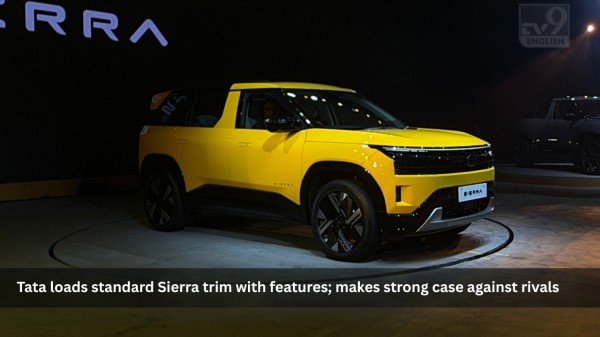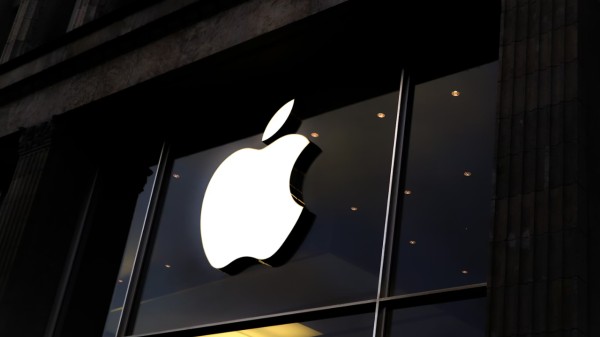

By signing in or creating an account, you agree with Associated Broadcasting Company's Terms & Conditions and Privacy Policy.


By signing in or creating an account, you agree with Associated Broadcasting Company's Terms & Conditions and Privacy Policy.

The 1960s were a decade that saw sounds define the human race, from Bob Dylan’s harmonica beckoning people, to the Lunar expedition docking, stopping time and to the V8s roaring down the streets. In the decade that followed World War 2 saw, cars were mostly made for the comfort of middle-aged men. However, at the dawn of the 60s, it was the teenage population that began dominating the roads, and Ford could see a market for which they were not prepared. The requirement would be, a four-seater that came at a reasonable price.
The Baby Boom generation had shown that colleges had more footfall and were buying cars at an exceptional rate. In fact, by 1962, 46 per cent of buyers had some level of college, though this only made up 18 per cent of the overall population. Further, families were looking to add a second car with the rise in this number, seeing a huge increase at the start of the decade and it was consistently increasing. Women owners, too, were growing as well, who had strong opinions on the manoeuvrability of the cars. The young population wanted cars to have options according to their tastes, including manual or automatic transmission.
Ford started experimenting with the Allegro at first for the European market, before coming out with Mustang I, a two-seater concept car that took notes from the European cars. There were two versions of this small, sporty model, along with a mid-mounted engine and side flow scoops for cooling were introduced at Watkins Glen in 1962.
On April 17th, 1964, the Ford Mustang concept was finally unveiled as a production car, coming at $2,368. It came with a 108-inch wheelbase, a 170-cubic-inch, a six-cylinder engine, paired with a three-speed, floor-mounted manual transmission. The Mustang had everything to make it popular with people. It was comfortable to ride-quality, functional and was fun and exciting to drive.
It had the performance and the flamboyance with that long hood and short rear deck styling. Buyers had the option of buying it in three models, the hardtop, fastback and convertible. The engine options ranged from a standard six to the high-performing V8 that produced a whopping 271 bhp.
Ford had cracked the code and had an overwhelming response, too. The first-year projection for the Mustang by Ford was 100,000 units, which they achieved in the first four months. Roughly 22,000 units were taken on the first day itself, and by the end of the year, Ford had sold 417,000 units. In its first year, more than half of the buyers were below 34.
What was amazing was, between the ages of 45-55, it had 16 per cent of its buyers. What was amazing was that new families, families who wanted a second car or young people were the buyers, making it suitable for almost every class of the market. A lot of the people wanted the V8 with the power steering, power brakes, automatic transmission and radio.
Over the years, Mustang has gone from heavy fuel consumption to an electric variant, and yet, the vehicle has no lack in terms of demand. It has made Ford a brand that makes supercars at a much cheaper price. There have been seven generations so far and with one or two exceptions, it has been a much chased car still.












